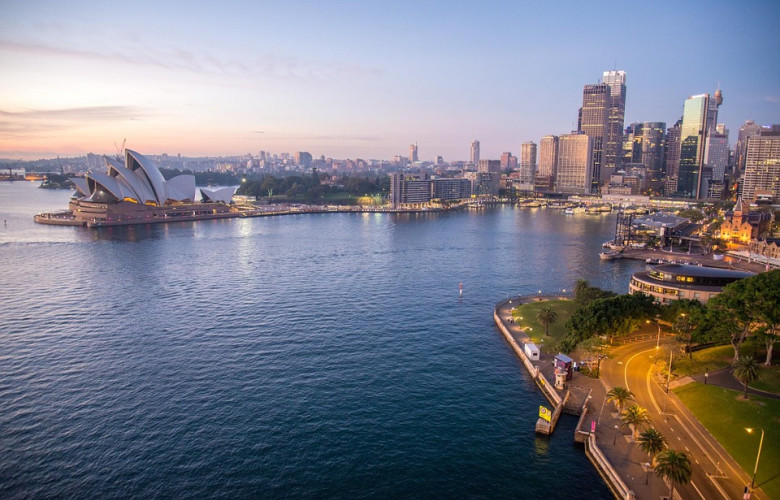Infrastructure Australia report says planning now essential to preserve quality of life in major cities
Contact
Infrastructure Australia report says planning now essential to preserve quality of life in major cities
"The Infrastructure Australia report has a refreshing honesty about the transformation that will occur in our big cities," says Property Council of Australia chief executive Ken Morrison.
Infrastructure Australia’s new report, 'Future Cities: Planning for our growing population' examines how Australian cities can best accommodate the high levels of population growth forecast for the next 30 years.
Over the next three decades, it is expected that Australia will be home to 36 million people - the equivalent of adding a new city the size of Canberra to the population every year for 30 years.
The vast majority of this growth, about 75 per cent, will occur in our largest cities—Sydney, Melbourne, Brisbane and Perth.
The report makes nine key findings, and lists alongside them a series of recommendations. The nine findings are as follows.
1. Unplanned growth delivers the worst outcomes for Australia’s fastest growing cities.
2. Public transport is crucial to improving accessibility in Australia’s largest cities.
3. Congestion will increase under all scenarios and adding new roads is only part of the solution.
4. We need to use existing infrastructure in our largest cities more efficiently.
5. As demand increases, coordinating new and upgraded infrastructure across governments will be a challenge.
6. Well-serviced employment centres enhance the job accessibility of our cities and deliver national benefits.
7. Land-use and infrastructure planning can help to address inequality of access, but supporting social and economic policies are also required.
8. Green and public spaces play an increasingly important role in maintaining the city’s liveability.
9. Land-use changes can play some role in addressing the amount of carbon emissions our cities generate.
Report confronts challenges head on: Property Council
Property Council of Australia chief executive Ken Morrison said the report confronts the challenges and opportunities arising from population growth head on, and says infrastructure funding must be brought forward.
“Rather than waiving the white flag on immigration, or dredging up dogmatic slogans that our cities are ‘full’, this report provides a candid and clear-eyed analysis which accepts that we are on an unavoidable growth trajectory," Morrison said.
It "zeroes in on the choices between smart and dumb growth," he said.
"Now more than ever before, Australia’s long-term prosperity is linked to the performance of our cities," said Morrison.
"Our existing metropolitan governance is clunky and the report makes clear it should be re-geared to overcome short-term and fractured planning in our cities," he said.
"We would also urge all governments to seize the call for greater transparency around strategic planning tools and information, as this can help bring the community into the fold and make them active participants in the decision-making process.
"The Infrastructure Australia report has a refreshing honesty about the transformation that will occur in our big cities that you rarely see in planning documents.
"The Commonwealth has a $10 billion urban rail program, but almost all of the spending is outside the forward estimates period and this needs to be brought forward in this year’s budget," urged Morrison.
Read more about urban development:
Aerial imagery reveals Australia's growing population
Chinese account for one-third of Australian development site sales in 2017: Knight Frank





